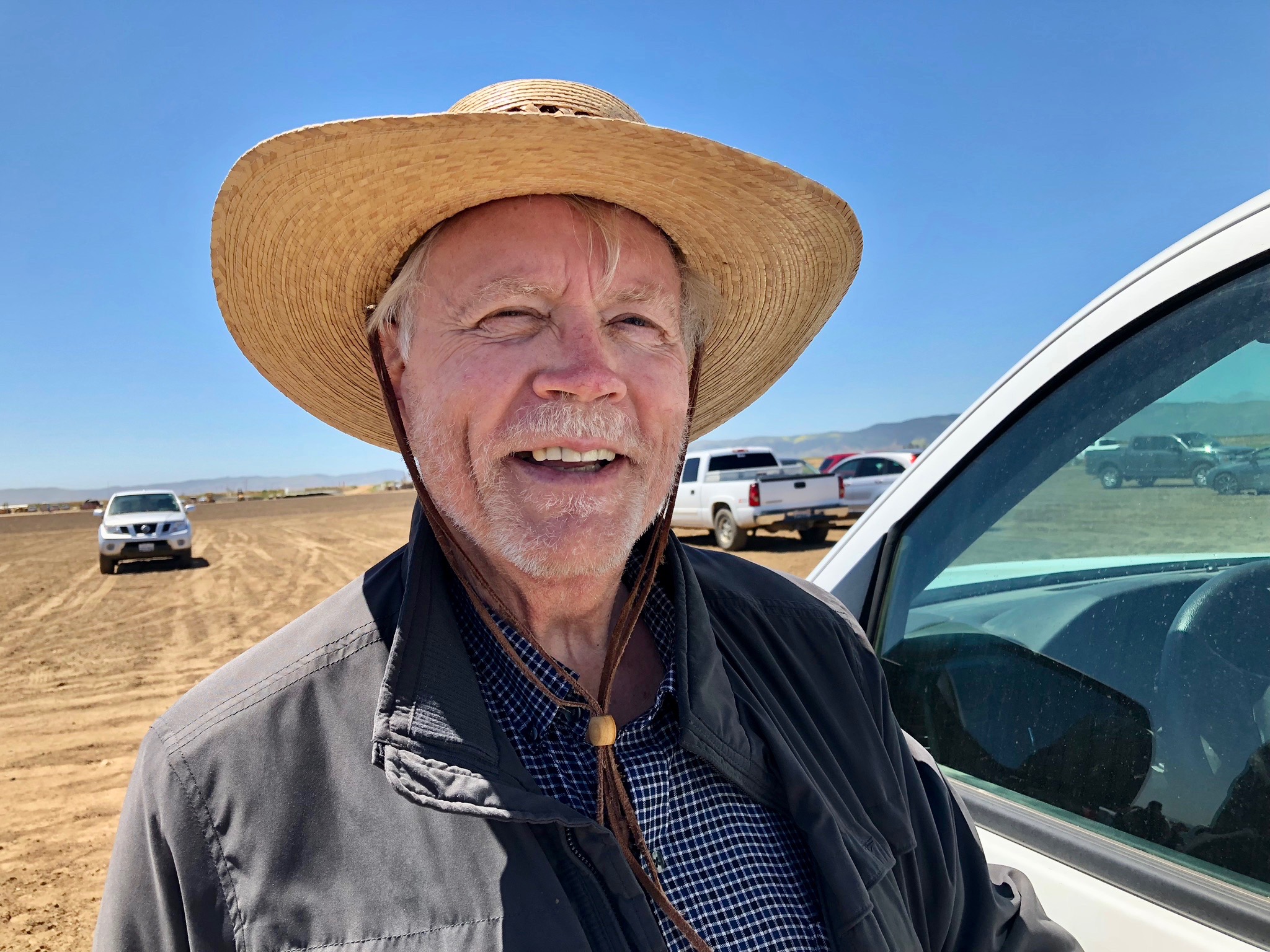When it Comes to Drones, No Limit with Aerobotics
Aerobotics Drones Detects Disease Early in Orchards
By Mikenzi Meyers, Associate Editor
Drones are continuing to make a big appearance in the agriculture industry, and with new technology from Aerobotics, they’re not leaving the sky any time soon. James Paterson, co-founder and CEO of Aerobotics, has news of a fully automatic solution for collecting aerial data fields to help maintain healthier trees.
“It’s to detect disease problems in the orchard, and the reason that’s such a difficult problem is that it’s done as a manual process at the moment, called scouting,” Paterson said.
Although scouting has always been a go-to method, it only guarantees certain points of the field to be checked. Paterson said that the new Aerobotics system will allow the entire farm to be monitored down to each individual tree.
“So what our system does is it tracks each tree, and if it identifies that a tree is under stress, it sends a scouting route to the user’s smartphone for them to go and investigate,” Paterson explained.
Aerobotics has a network of accessible drones available for those farmers who do not have their own. All they need is the software system, and to visit aerobotics.com to get started.














